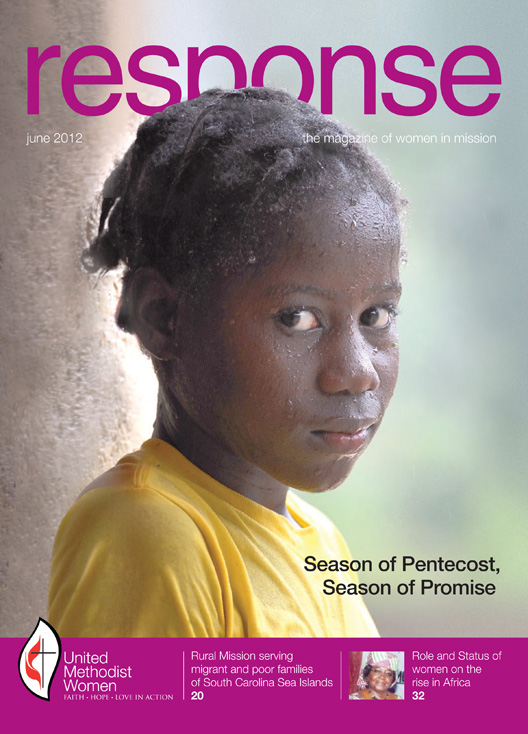Global Lens Reflections on life, the universe, and everything
Rain girl

I’ve always admired the great portrait photographers, people who could get someone to sit in front of them and then capture an image which—in the same fraction of a second—also captures some of that person’s character, or soul, or personality. A good portrait is more than just a collection of pixels representing the outline and contours of someone’s face. It somehow shows them as they really are, not merely as they appear.
This photo is not an example of that. I said I admired the great portraitists, not that I was one. But it’s one of those photos that will do in a pinch. It’s a girl in Mizak, this wonderful little village in the mountains of southern Haiti. On one of my visits there last year, my translator Ulrick Louijeune and I were walking around, just seeing what we could find. By the way, that kind of mindless wandering usually yields the best images, and there’s never enough of it for me. Ulrick is always mystified by how I’ll be walking along and just unexpectedly change directions, at times because I saw something out of the corner of my eye that might make for good pictures, but often just because I had a hunch that something visually fascinating was happening down that path to the left, rather than that path to the right. My hunches usually prove correct, which doesn’t mean that nothing visually compelling was happening on the other path. What it really means, I suppose, it that something visually interesting is happening everywhere, we just need eyes to see it.
But back to the girl. It started raining quite heavily, so Ulrick and I ducked into a little store in the entry to someone’s house. It had a sort of covered porch, and we drank some soda and I captured some images of people walking by in the rain. Then this girl came up a path from the side, and I didn’t see her until it was too late. She was already on the porch, putting down the bundle she had carried on her head in search of a dry place to wait. She leaned up against the wall and looked back at me. Click.
We talked with her a bit, and I took a few more pictures, but it’s that initial one of her looking back—the drops of water prominent on her skin, looking perfectly normal, relaxed, unassuming, and curious—that works for me. We’ve grown so accustomed to photos of people in Haiti looking a certain way—poor or depressed or heroic or whatever—that just a “normal” photo of a person in a bit unguarded of a moment is refreshing. I’ll settle for that as a portrait any day.
She’s also looking at the camera, which is important for some people. For years I worked hard to get people to not look at the camera, because I didn’t want to seem to be there. “Don’t look at me,” I learned to say in several languages. By the way, that’s the exact opposite of what you should say to a little kid who you don’t want to look at you. (I should have been a psychology major!) Anyway, a few years ago Response magazine went through a major remodeling, and Emily Miller, the sharp young graphic designer for United Methodist Women, convinced the magazine staff that the cover always needed to have a person looking at the camera. When I asked why, she launched into some deep psychobabble about engaging the viewer, yadda yadda yadda. I shoot a lot for Response, so I was instructed to start taking pictures of people looking into the lens. Oh, and while you’re at it, please remember to leave room for the masthead. OK. . . So I started learning how to say, “Hey, look over here at the camera . . .”
Seriously, this photography stuff can get complicated. But then every once in a while, while you’re hanging out waiting for the rain to stop, a little girl just walks up to you and makes it easy.